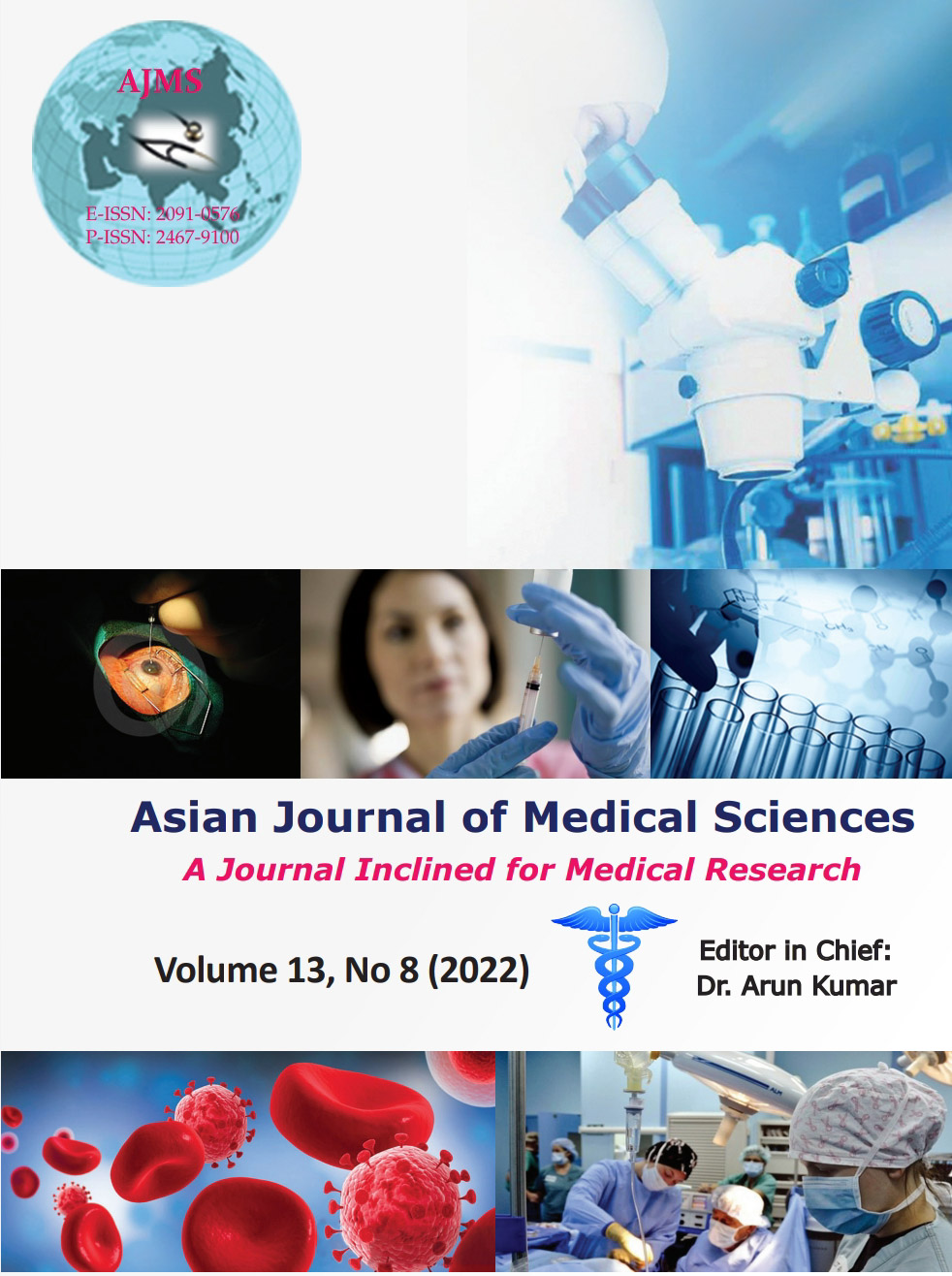A study to critically analyze Revised National Tuberculosis Control Program norms implementation at a medical college-level facility
Keywords:
RNTCP implementation; Tuberculosis unit; DOTSAbstract
Background: Tuberculosis (TB) control activities are implemented in the country for more than 50 years. The countrywide lockdown in 2020 adversely impacted routine health-care services including those for the management of TB. Operational research is needed to know whether Revised National Tuberculosis Control Program (RNTCP) (National Tuberculosis Elimination Program) is heading in the right direction as far as the pace and quality of implementation of the program are concerned.
Aims and Objectives: The aim of the present study was to investigate the strength, weaknesses, and opportunities of RNTCP. An analysis of RNTCP was done to identify competencies and gaps.
Materials and Methods: The present retroprospective and observational study was carried out at the RNTCP facility of a Government Medical College in the Central India in Madhya Pradesh during the year 2019–20. Samples of 238 patients registered under RNTCP for anti-tubercular treatment were taken in the study. Data were collected using a structured schedule from the RNTCP center and tabulated in a Microsoft Excel sheet, to assess the compliance of RNTCP norms in the management of TB.
Results: The most commonly affected age was 16–49 years and the male: female ratio was 3:2. The most common basis of diagnosis was microbiological (60.92%). Follow-up sputum testing was done on time in 64.71% of patients. Adherence to anti-tubercular treatment (ATT) was regular in 78.57% of patients. All patients were telephoned while 43.14% of patients were home visited as a default action. After default action, 35.29% of patients return to regular ATT. Out of all registered patients initiated on ATT, 81.09% were treatment success, while 7.14% lost to follow-up, 2.1% became defaulters, and 4.62% patients died.
Conclusion: We conclude that treatment success of TB unit was near the RNTCP norm of 85% which is below the national 88%. The probable reasons for the higher default rate and loss to follow-up rate during the study period could be the ongoing COVID-19 pandemic.
Downloads
Downloads
Published
How to Cite
Issue
Section
License
Copyright (c) 2022 Asian Journal of Medical Sciences

This work is licensed under a Creative Commons Attribution-NonCommercial 4.0 International License.
Authors who publish with this journal agree to the following terms:
- The journal holds copyright and publishes the work under a Creative Commons CC-BY-NC license that permits use, distribution and reprduction in any medium, provided the original work is properly cited and is not used for commercial purposes. The journal should be recognised as the original publisher of this work.
- Authors are able to enter into separate, additional contractual arrangements for the non-exclusive distribution of the journal's published version of the work (e.g., post it to an institutional repository or publish it in a book), with an acknowledgement of its initial publication in this journal.
- Authors are permitted and encouraged to post their work online (e.g., in institutional repositories or on their website) prior to and during the submission process, as it can lead to productive exchanges, as well as earlier and greater citation of published work (See The Effect of Open Access).




